On November 23rd 2018, Pim van den Berg published Execute Order 66: How Star Wars Memes Became Indebted to Fascist Dictatorship on the INC website. In line with The Case Against the Jedi Order, Pim’s text is critical of the politics of Star Wars meme culture. It was read about 3700 times and caused controversy on r/KotakuInAction – an old-school meeting place for gamergaters (the men that started a campaign against the corrupting influence of women and people of color in gaming under the flag of ‘ethical game journalism’). An aggressive string of comments exhibiting a stunning variety of fallacies denounce Execute Order 66 and its author. Let’s buckle up and dive into the rhetoric Pim’s article provoked.
The I’m-not-even-going-argue-with-you-cuck
Some people like to keep it simple. In this case, the simplest blow is below the belt: disregarding any content matter and instead directly targeting the author as a person. This fallacy, also referred to as ad hominem,might funnily invoke radioactive Vice authors or question the financial situation/education of the writer. It can also be a ‘roundabout’ advise to the author to commit suicide.
You need to get bitten by a radioactive Vice writer.
How the fuck does someone make a living writing shit like that?
I just kind of skimmed to chuckle at the shitty, fake “education” the author underwent. That’s always fun to do with these long-winded diatribes.
Now I’m not saying the writer should hang themselves,but I’m not saying they shouldn’t either.
The latter comment was deleted by the moderator of r/KiA but remains readable as a quote. Neither one of these comments are actual arguments, but they do indicate the rhetoric of Star Wars geek meme culture.
The this-article-is-a-crime
Other commenters take to a more noble and sophisticated type of ranting, not targeting the author directly, but suggesting that this article is a criminal entity (salt fest/breed of stupidity) which brings direct harm to the reader (cancer) and should therefore be punished accordingly (smeared with shit).
That article gave me cancer.
This is all a salt fest over TLJ [the Last Jedi].
Theres more stretches in this article than a yoga manual.
I’ve seen garbage tier Star Wars articles but this is a new breed of stupidity. I hope Uncle Ethan tears into it.
Why can’t that author live a normal life instead of crying about people having fun using fictional villains in fictional universes?
I think I’m gonna print this article out. So I can actually shit on it.
This is so tiresome. Can we start to discuss actual arguments instead of slander?
The stop-attacking-said-geeks-already-you-cultural-imperialist
The most upvoted argument against Pim’s article is an attack-as-defense:
Maybe they should stop attacking said geeks for a moment? A radical notion, I know.
This often-seen type of argument takes any critique of geek culture as an attack on an innocent marginalized and adorkable subculture. Such an attack might be characterized by geeks asa random act of aggression, a deliberate post-modern identity-political reverse sexist witch-hunt, or an instance of cultural gentrification.
It’s just shit slinging with a veneer of pomo jargon. Might as well be yelling garbled insults at passerbyes in parks.
This is Maslow’s hammer … “if all you have is a hammer, everything looks like a nail”, You’ll find zealots of the new Progressive Cathedral wield it to pound round pegs into square holes. They are indoctrinated into one form of criticism, one frame of reference; They will preceive everything through that lens/frame no matter how the original subject matter is warped by that distortion.
There’s a concept that if you don’t try as hard as possible to attack and demean a person or group, they won’t do it back. Someone teach this to leftists and sjws.
It’s made up, sexist bullshit. Yes, we don’t like certain types of people bargaining in and making demands/throwing shade, but that has nothing to do with race, gender, sexual orientation and so on, on both sides. tl;dr: Normies get out reeeeeee.
They didn’t hate [geeks] back [in the 70’s and 80’s]. You were just weirdos that they had vague distaste for and never interacted with or acknowledged if they could help it. Now they hate you because you’re sitting on a cultural niche that is suddenly valuable and valued, and resisting their efforts to colonise it. They didn’t give a shit about your country, but then one of your natural resources suddenly became valuable.
What, you don’t love cultural gentrification?
Literally cultural imperialism. Social Justice Leopolds!
It’s great having a voice of our own, which the fascists want to take away, while calling us fascists lol.
Well, they’re the ones who called us nazis.
Cynically, with the rise of geek culture’s popularity, the marginal position claimed by geeks as the basis of entitlement to send death wishes to their enemies has clearly ceased to exist (if it ever really existed). In Toxic Geek Masculinity in Media, A. Salter & B. Blodgett argue:“Geekdom is at a crossroads. Once defined by their outside status and victimization, geeks are now powerful enough as a subculture to make victims out of others, particularly those perceived as lacking the credential earned through suffering that makes one a “true” outsider geek.” (p.12)
According to the ‘’true’’ geeks, then, calling out their racism, sexism and fascism for what it is, is blaming the victim. We, normies, should leave the innocent geeks alone, or meet their wrath. LOL, not gonna happen. As The Pop Culture Detective pointed out using the case of The Big Bang Theory, adorkable misogyny is still misogyny. The same goes here: clumsy light saber fascism is still fascism.
The you-don’t-know-us-you-can’t-judge-us
Are we right in critiquing the crowd of anonymous Redditors as a unified political or identitarian homogeneity? Some Redditors point at the impossibility of empirically confirming the homogeneity of the gender, sex, and class of the commenters. Others admit that toxic masculinity in geek culture is a thing but argue that it is only present in a small (and therefore harmless?) part of the community.
How the hell can anyone in there tell if someone is a white man when they’re all a bunch anons saying “hello there” and “General Kenobi,” and if someone does bring up real-world politics all you get is “oh, I’m not brave enough for politics,” or “so this is how democracy dies.”
Literally ‘the people we don’t like are white, male, basement-dwelling losers’. Yaknow why people hate these people? Because of armchair psychology like this.
Those [geek masculine] types exist, of course, but it doesn’t really make sense why their behavior, which may or may not be some sort of ersatz masculinity, would be the declared the standard for all male geeks. There is a difference between probing if someone is actually into a hobby, and being that prick, who, in my opinion, really is just clinging hard to the one thing he knows, because he thinks being an expert on it is all he has going for him in life.
It seems like these defenders of the geek cause did not make the effort to read all other comments, or they would have noticed that most other comments ferociously and violently defend exactly the homogeneity they deny exists (see the WE-ARE-NOT-PATHETIC! below). Also, can you seriously deny that geek culture is white and male-dominated? Can you really call it nitpicking to critique the violent nature of a community’s culture, when members of that community respond with roundabout suicide advice?
The our-innocent-culture-is-not-political-even-though-it-is
Despite the existence of subreddits like r/empiredidnothingwrong, some argue that Star Wars memes are an apolitical cultural phenomenon. In a reaction to the controversy around his article, Pim van den Berg states: ‘I first wanted to share this article on r/starwars, but they have a strong ‘no real-world politics’-policy. Complete bullshit, of course.’ True. It is bullshit. But it’s also bullshit with a function.
Holy shit complaining about meme LMAOOOOOOO
All anyone does on r/prequelmemes is quote the prequels.
I also noticed that the author gave numerous example of harmless memes and could only sometime cited memes that were “problematic” only if you intentionally and obtusely misconstrued them’’
The Left can’t meme because tyrants have no sense of humor. That’s the easiest way to spot a tyrant – they’re the ones that try to shoot the court jester. The Right used to be the tyrants, but now the Left are for some strange reason.
Exactly in being apolitical, in being mere humorous memes, Star Wars memes are argued to fulfil the political role of the court jester – the powerless using humor to speak truth in the face of power. And, of course, it is the moralist, post-modern, identity-political, purist Left that does not allow for such parrhesiastic practice. Start Wars memes are only (Right-wing) political in being humorously apolitical and are therefore harmed in their political role when addressed (by the Left) as directly political.
The leave-my-hero-George-Lucas-alone
Surprisingly often, the slander of the article and its author recedes back into technical geeky elaborations of the Star Wars universe within a few comments – Is Jar Jar a convincing character? Are the ten-minute light-saber fights sped up or not? ARE THE PREQUELS BETTER MOVIES THAN THE SEQUELS? This results in a specific type of the our-innocent-culture-is-not-political-even-though-it-is, which emphasizes the genius authority of Georg Lucas.
You have to like the sequels or you’re a bad person who hates women and minorities. Like the sequels or you’re a fascist. The prequels are flawed movies that embrace one man’s vision, right or wrong, and you’re free to agree or disagree, the sequels are a studio produced work of a giant company and you either like it….or else. I’ll take the prequels any day of the week. We all thought the prequels were as bad as it could ever get, but today is really the dark times of the empire.
Everything about the prequels is Pure George Lucas, for all the good and the bad that implies.
This argument (a Rich White Man’s Vision is a Rich White Man’s Vision) neutralizes any critique of the Star Wars Prequels commenters’ communities’ sexism, racism, and fascism by calling upon the individual Vision of their genius creator George Lucas. You can’t expect a genius to be politically correct, right?
The WE-ARE-NOT-PATHETIC!
The ultimate fallacy is a falsely debunked fallacy. In this case, a combination of a wrongly diagnosed non-sequitur(a cause-effect argument which does not concern the necessity it presents to concern)combined with a wrongly diagnosed lawyer’s question (a false dilemma of two options) tops the iceberg of toxic geek masculinity.
I love my life, beautiful wife, good job, a couple of properties under my belt everything I could realistically want. AND I am a massive geek and hate social justice warriors.
Did the article ever state that you don’t love your life filled with toxic geek masculinity? Does having a wife and a ‘couple of properties under your belt’ exclude the possibility of you being pathetically racist, sexist, and/or fascist? Do you realise that, by saying this, not only are you pleading guilty as charged, but you also show that you simply lack the moral compass to see why you are wrong?
We are left to draw a sad conclusion. In reaction to Pim’s critique, no effort was spared to write death threats, ad hominems, non-sequiturs, lawyer’s questions, shit-slinging, community-defending, anti-social justice warrior rants, claims of innocence, and geekily repetitive Star Wars nitpicking. Yet, no single Redditor r/KiA ever engaged with the actual observations and arguments in Execute Order 66. Under the pretense of ethical game journalism, r/KiA upholds an echo chamber of affirmative tautologies and a culture in which rage-filled fallacies are accepted and normalized. https://www.reddit.com/r/KotakuInAction/comments/9zs1x2/star_wars_memes_became_indebted_to_fascist/ shows what every white male gamer, including myself, knows deep down: geek culture is driven by sadness, frustration and insecurity.


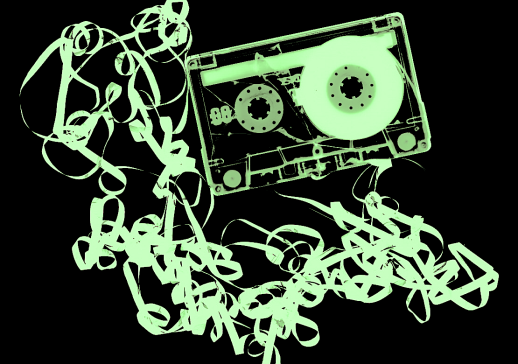
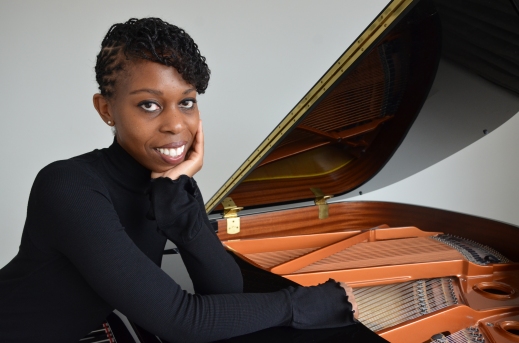
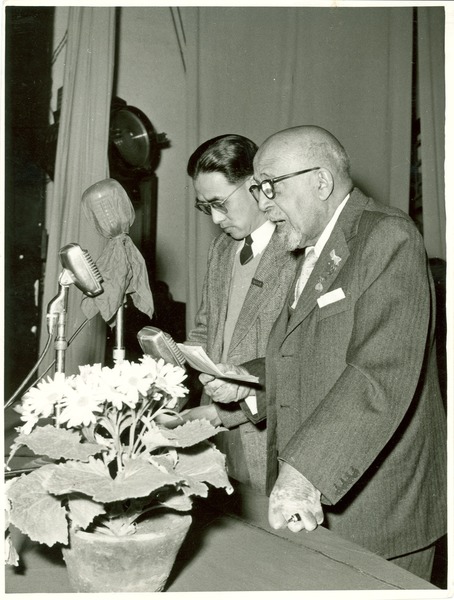




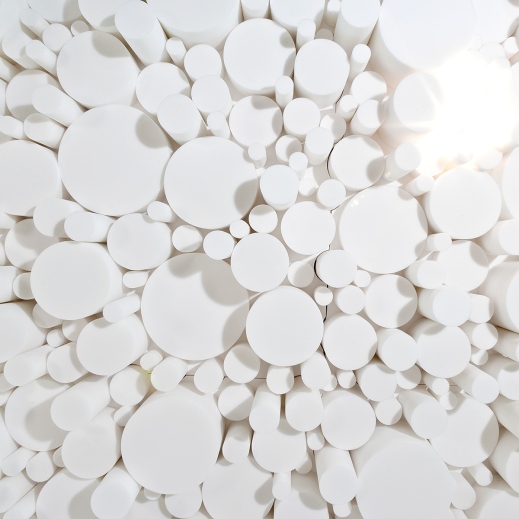

 REWIND! . . .If you liked this post, you may also dig:
REWIND! . . .If you liked this post, you may also dig:





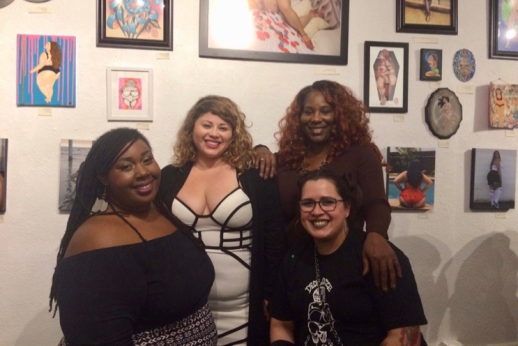
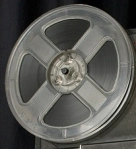 REWIND!…If you liked this post, check out:
REWIND!…If you liked this post, check out:
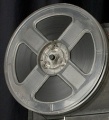 REWIND! . . .If you liked this post, you may also dig:
REWIND! . . .If you liked this post, you may also dig:
